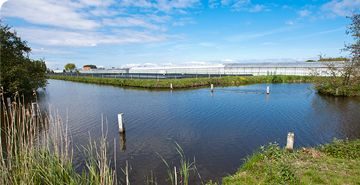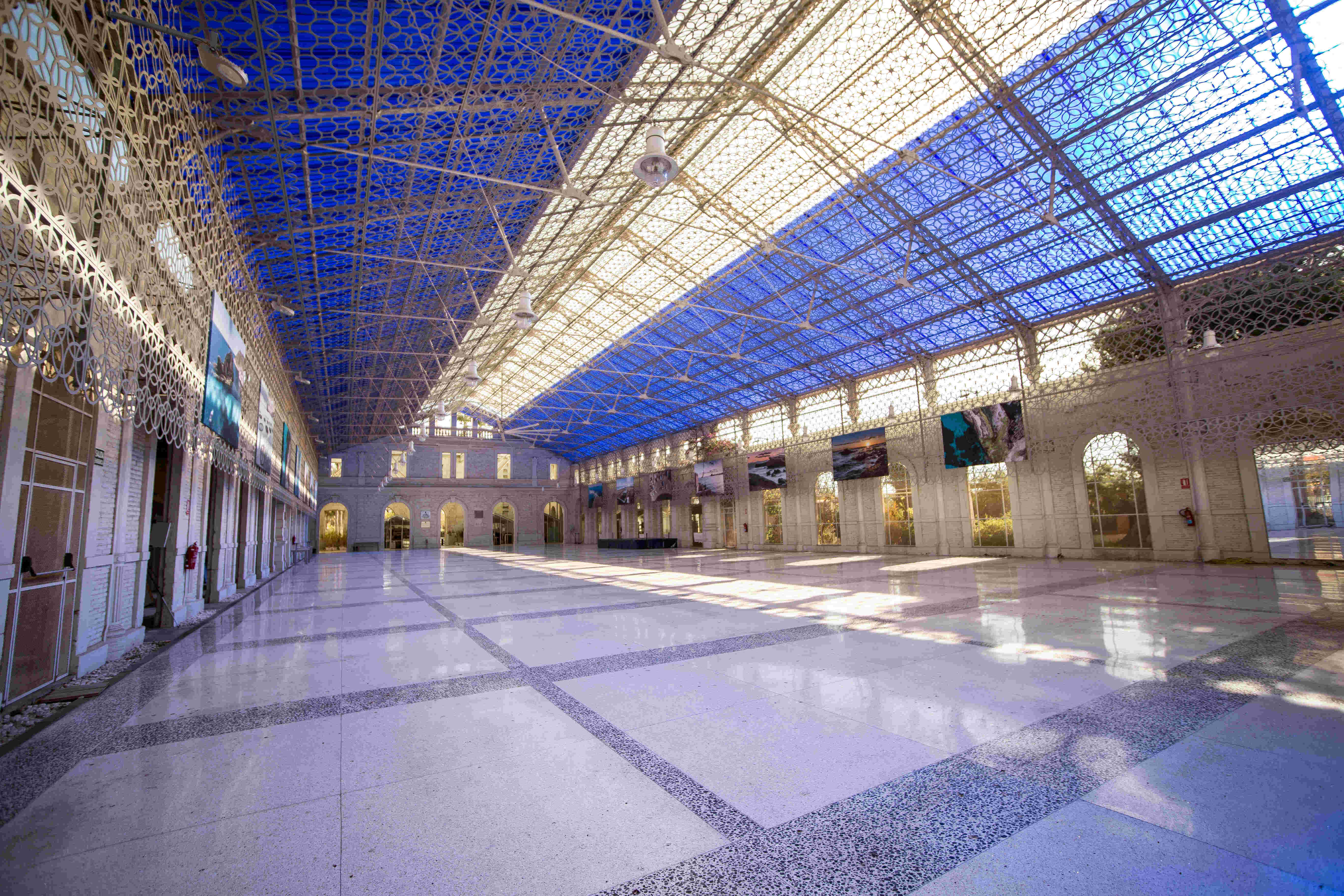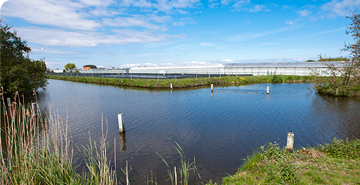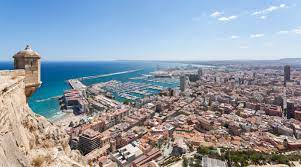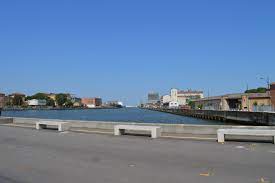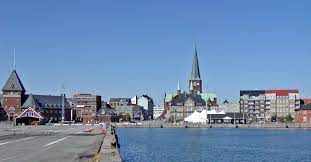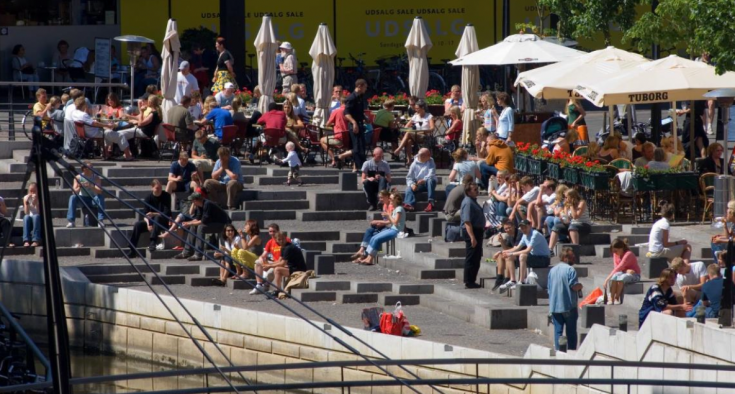PANTA REI is the WaVE update dedicated to best practices, curiosity and innovation stories in water-linked experiences selected by WaVE Project Partners from all over the world.
The second inspirational story comes from Rome.
Aquae Urbis Romae: the Waters of the City of Rome
Aquae Urbis Romae is the first comprehensive study to examine water as a living system related to the 2800 year history of the City of Rome. Focused on the intimate correlation between water, gravity, and topography, the study investigates the relationships between natural water systems, and the delivery, distribution, use, and display of imported water systems as they influenced urban growth and form.
It is a long-term project of Katherine Wentworth Rinne from 1998 to present, which is published by the Institute for Advanced Technology in the Humanities from University of Virginia. A great site to explore the immense history of Rome with a unique focus on water.

PROJECT SCOPE
With Aquae Urbis Romae it is possible to study this complex urban system in both linear and lateral modes including: typologically (aqueducts, fountains, floods, sewers, etc.); topographically (the Roman Forum, the Velabrum, the Campus Martius, Trastevere, etc.); and chronologically from approximately 800 BC to the early 21st. century. The study is based on completely new computer maps created especially for the project. The cartographic material is supplemented by historic photographs, maps, prints, and texts. 
GOALS
The goals of Aquae Urbis Romae are three-fold:
1) To provide a body of contemporary cartographic data that will be an analytical tool for use by architecture, landscape, planning, and urban design students, particularly those using Rome as a design laboratory. In addition, historians, classicists, archaeologists, hydrologists, engineers, and geographers should also find the material useful.
2) To create an electronic archive of historic maps, texts, and images that deal specifically with Roman water history. Complete texts of major writers such as Sextus Julius Frontinus, and image collections such as the XVII century fountain prints of Gianbattista Falda, etc., are available.
3) To develop a model for design and planning professionals to examine the hydrological structure and history of other cities in order to inform design and policy decisions at neighborhood, city, and regional levels. The project seeks to foster a richer understanding of urban form, history, and technology in order to ground practice and theory more deeply in the real context of the city. Water infrastructure is profoundly resonant with political, economic, and social implications for development in urban,suburban, and rural environments in both developed and developing countries, and it is at the core of new theories of infrastructural and landscape urbanism.
G.I.S. TIMELINE MAP
It is possible to follow the urban development of Rome through a unique G.I.S. timeline map that chronicles changes to the water infrastructure system from 753 BC through the sixteenth century. See how sewers, aqueducts, fountains and other hydraulic elements changed the face of Rome, as important people like Agrippa, Emperor Nero and popes Sixtus V and Clement VIII, among others, used water as an element of political control.
>> http://www3.iath.virginia.edu/waters/timeline/
For more information, visit the project website : http://www3.iath.virginia.edu/waters/first.html


